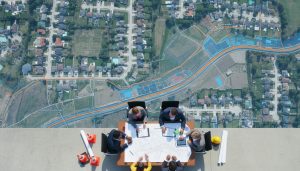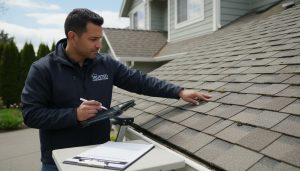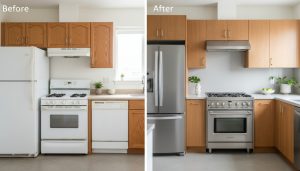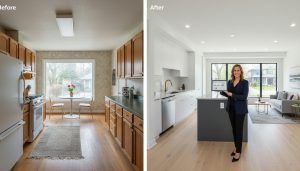How can I check crime rates in a neighborhood?
Shocking quick check: Want to know a neighborhood’s crime rate right now? Do this first and you’ll know more than most buyers.
Quick answer
You can check crime rates fast using official police data and national statistics, then verify with local sources and on-the-ground checks. Combine data portals, crime maps, news archives, and a local expert to get an accurate picture.
7-step checklist to check crime rates (actionable and fast)
1) Run a one-minute search
- Google: “[Neighborhood] crime rate” or “[City] crime map.” Look for official police links, Statistics Canada (or FBI Crime Data Explorer if U.S.), or municipal open data.
2) Use official police crime maps and open data portals
- Toronto: Toronto Police Service Public Safety Data Portal
- Canada: Statistics Canada (Crime and justice survey)
- U.S.: FBI Crime Data Explorer and local police open data
These give incident-level data, date, type, and location. Always trust the police portal over third-party summaries.
3) Check national and local trend data
- Compare yearly rates per 100,000 residents (crime rate, violent crime rate, property crime). Look for trends — rising, flat, or falling. One spike isn’t a trend.
4) Use reputable third-party tools for quick visuals
- CrimeMapping, SpotCrime, NeighbourhoodScout, and CityProtect show heatmaps and clusters. Use them for visuals, but cross-check with police data.
5) Read local news, court records, and police blotters
- Search local news archives for repeat incidents, and check municipal court records for prolific offenders or hot spots.
6) Talk to people who live and work there
- Visit at different times (day, evening, weekend). Ask shop owners, community association leaders, and your local realtor for context.
7) Interpret the data like a pro
- Focus on per-capita rates and types of crime (violent vs. property). Account for reporting bias: high reporting can mean better policing, not necessarily more crime.
Insider tips that realtors use
- Look at crime density, not just raw counts. A block with 5 incidents in a small area is different from 5 incidents spread across a large district.
- Compare neighborhoods using the same time frame and population base (per 100,000 people).
- Watch for seasonality and development projects: new transit or late-night venues can temporarily change crime patterns.
- Check police response times and community policing initiatives. Faster response and active community programs reduce risk.
Why a local realtor matters
Data tells you what happened. Local expertise explains why. I build neighborhood safety profiles that combine police data, trend analysis, and on-the-ground insights. That saves time and protects your purchase.
Want a custom safety report for any Toronto neighborhood? Contact Tony Sousa for a clear, data-driven assessment: tony@sousasells.ca | 416-477-2620 | https://www.sousasells.ca
Short takeaway
Use police data first, third-party maps second, then verify with news and local checks. Focus on rates and trends, not single incidents. That’s how professionals judge neighborhood safety.





















